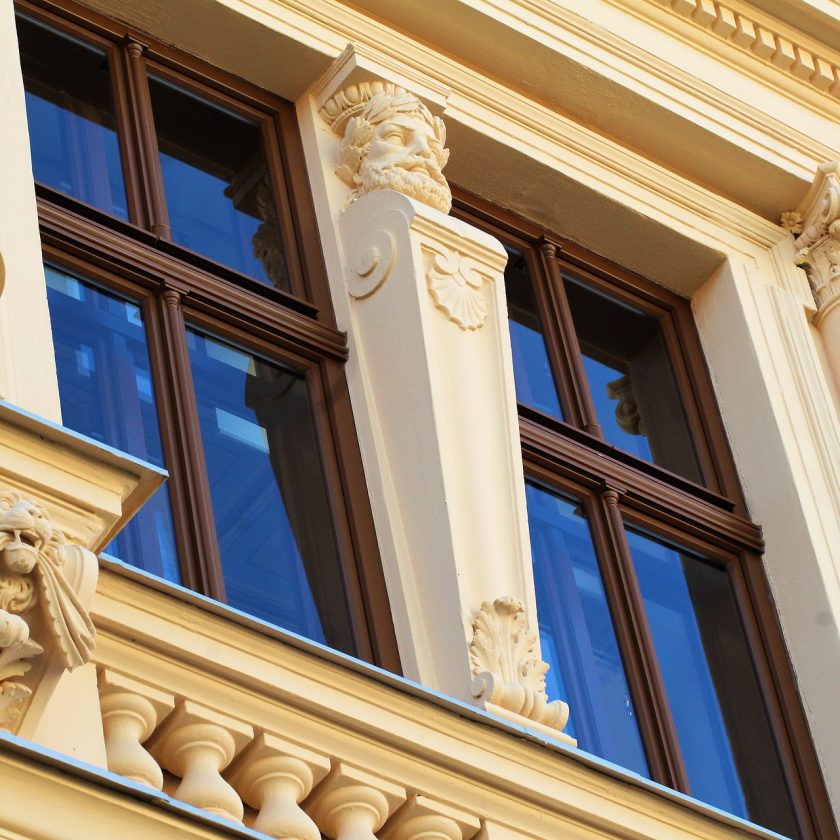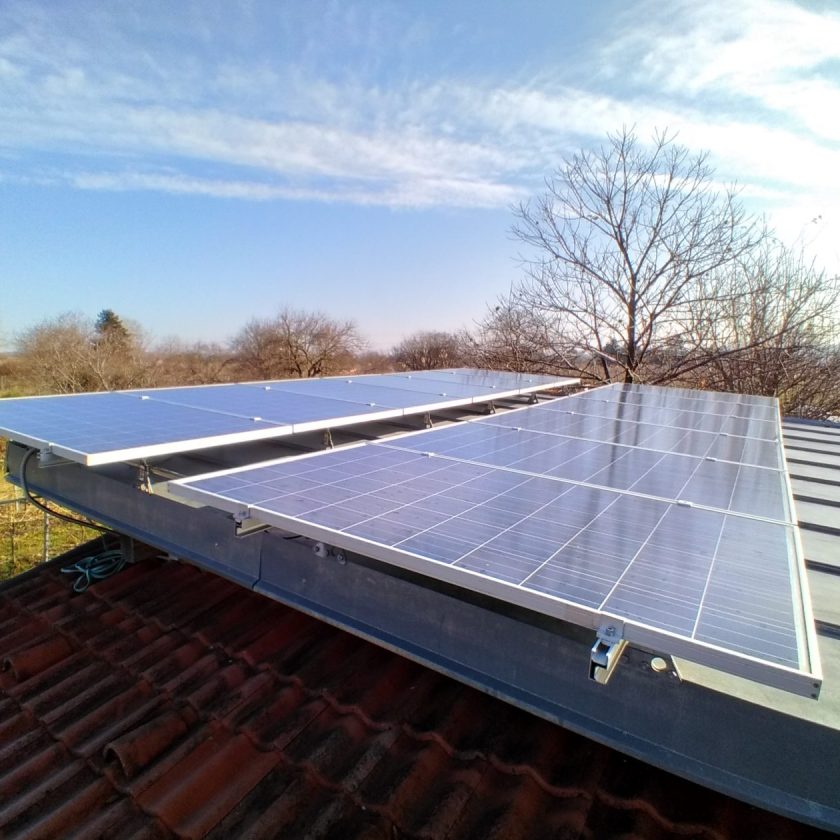How sustainable is masonry drying?
Masonry drying is an essential and sustainable restoration measure. Due to the constant capillary salt solution cycle in the masonry, a permanent destruction process takes place in the walls. The high complexity of masonry drying and frequent failures in practice make a comprehensive building diagnosis absolutely necessary before carrying out sustainable drying projects. A detailed remediation concept and precise remediation planning are also indispensable. In Austria, this is regulated in ÖNORM B 3355 “Drying of damp masonry”.
With regard to the long-term preservation of the old building stock as well as the reduction of the thermal conductivity of the masonry, its drainage is necessary. The important thing here is that such measures must be carried out in a technically correct and, at the same time, object-specific cost-optimized manner, which is rarely the case in practice. Building damage costs caused by ineffective or inadequate drainage measures amount to approximately 50 million euros per year in Austria. The reasons for this are incorrect planning and inadequate execution as well as incorrect material application or low material quality. Have a building diagnosis performed by knowledgeable people who are independent of the company. Entrust independent experts with execution planning and monitoring. This is the only way to achieve a positive and sustainable renovation result!
Damp walls – cutting or injecting?
Damp masonry is always an issue, especially in the field of renovation of old buildings. However, rising damp can be effectively counteracted. Two methods regulated by ÖNORM B3355 – the “cut-through method” and the “injection method” – are frequently used for subsequent horizontal waterproofing. In many cases, however, several horizontal waterproofing methods are useful for renovation projects.
Since the mechanical cutting process represents a constructive intervention in the existing building structure, a structural analysis is unavoidable. In particular, care must be taken to adapt the cutting lengths and sealing materials individually to the object conditions. In principle, only materials should be used whose static characteristic values as well as their impermeability to capillary rising damp are known.
If an injection process is used, liquid injection agents or silane and/or siloxane-based injection creams are used, depending on the circumstances. Criteria such as the degree of moisture penetration of the masonry, the thickness of the masonry and the type and condition of the masonry are decisive. The top priority in all procedures is and remains the exact survey of the actual condition before the start of rehabilitation, the observance of all boundary conditions as well as careful execution!
Method for subsequent horizontal waterproofing
The certification basis OFI ZG 190 refers to the application of procedures against rising damp in masonry defined according to ÖNORM B 3355. Both mechanical, electrophysical, and injection methods can be used for subsequent horizontal waterproofing. OFI ZG 190 makes these procedures and their application by a specialized company accessible for certification.
The certification body OFI CERT, accredited and notified by Accreditation Austria, has verified the quality requirements that executing companies have to fulfill according to OFI ZG 190 at every construction site. This includes, among other things, traceable documentation of prepared work, proof of relevant training of the skilled workers involved in the execution and the use of state-of-the-art products that comply with ÖNORM B 3355. In order to guarantee the quality in the long term, the initial inspection is continuously supplemented by quality monitoring, which consists of in-house and external monitoring.






